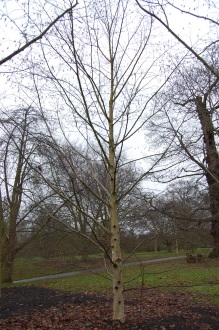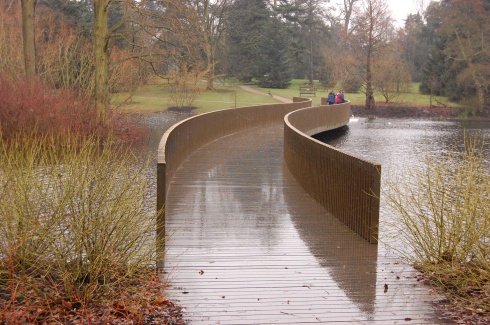Position: Full sun
Flowering period: Spring
Soil: Moist, well drained
Eventual Height: 30m
Eventual Spread: 15m
Hardiness: 5b, 6a, 6b, 7a, 7b, 8a, 8b
Family: Betulaceae
Betula maximowicziana is a fast growing deciduous tree with a conical, open habit. Its dark green leaves are heart-shaped with doubly serrate margins, up to 12cm long and 10cm broad. Its leaves are the largest of the Birch family. Its leaves turn golden-yellow before they fall in autumn. Its grey/ pink coloured bark is horizontally ridged and peels in horizontal strips. Its trunk may achieve a diameter of up to 1..2m. Its monoecious flowers are in the form of yellow/ green catkins, are wind-pollinated and appear at about the same time as its leaves. Its male catkins are up to 12cm long and female are up to 7cm long. Its fruit is a cylindrical aggregate and it disintegrates upon maturity. This tree is shallow rooted.
Betula maximowicziana, commonly known as the Monarch Birch or Maximowicz’s Birch, is native to Japan.
The etymological root of the binomial name Betula is the old Latin name for the Birch tree. Maximowicziana is named after Karl Ivanovich Maximovich (1827 – 1891), a Russian botanist.
The landscape architect may find Betula maximowicziana useful as an attractive specimen tree with interesting autumn leaf colour and attractive winter bark.
Ecologically, Betula maximowicziana provides a valuable source of pollen for insects.
Betula maximowicziana prefers moist, fertile, well-drained soils. It tolerates most pH of soil.












